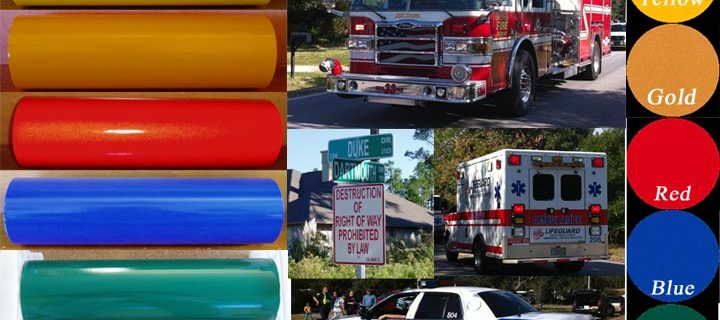Reflective Tape Types – ASTM D4956
11 Reflective Tape Types – (www.tapedealer.com) When it comes to retro-reflective films, a common misunderstanding is that Type 1 through Type 11 designations represent the brightness of the tape from lowest to highest. While this is true to an extent, the type, (1-11) actually applies to the application of each tape in road way signs …
